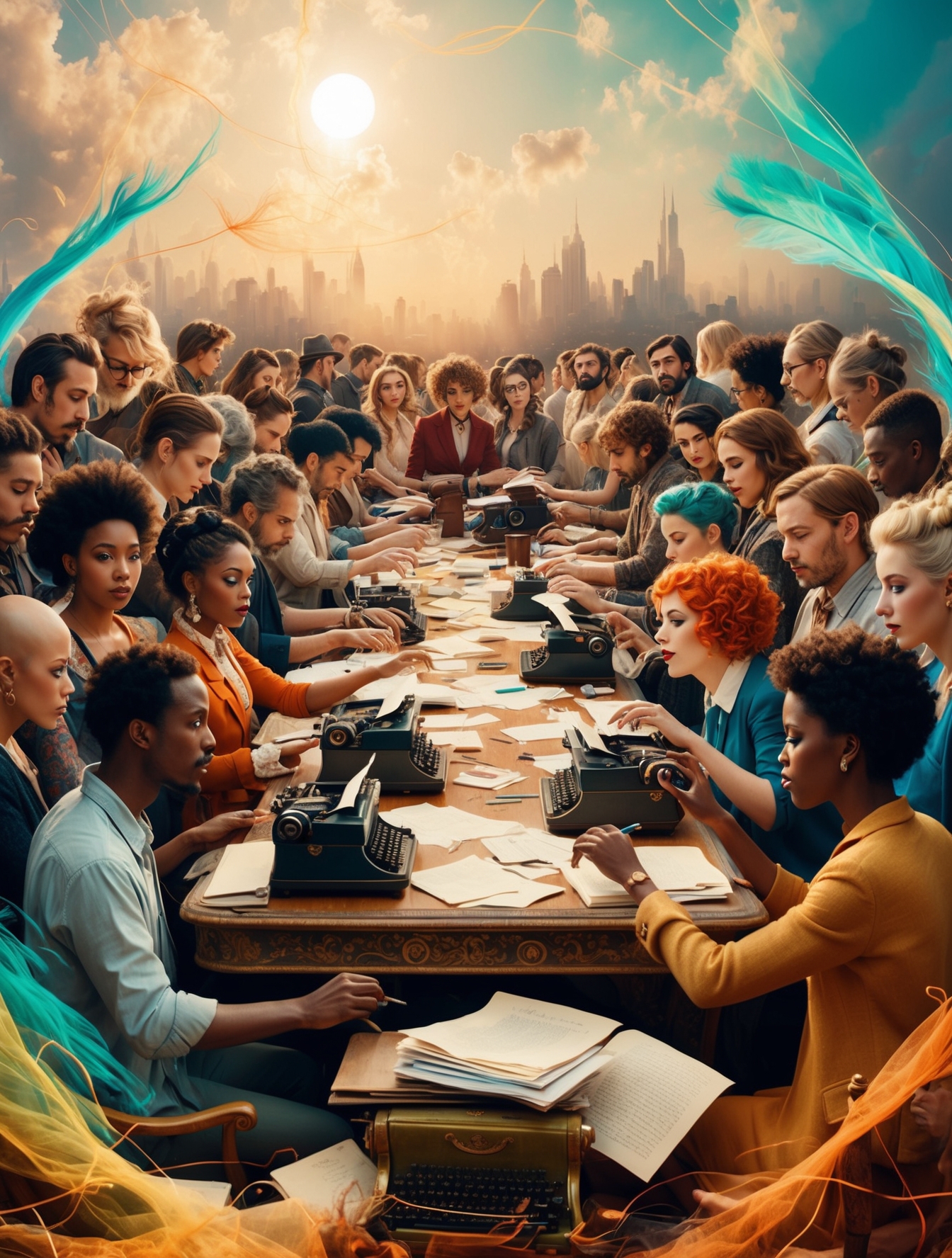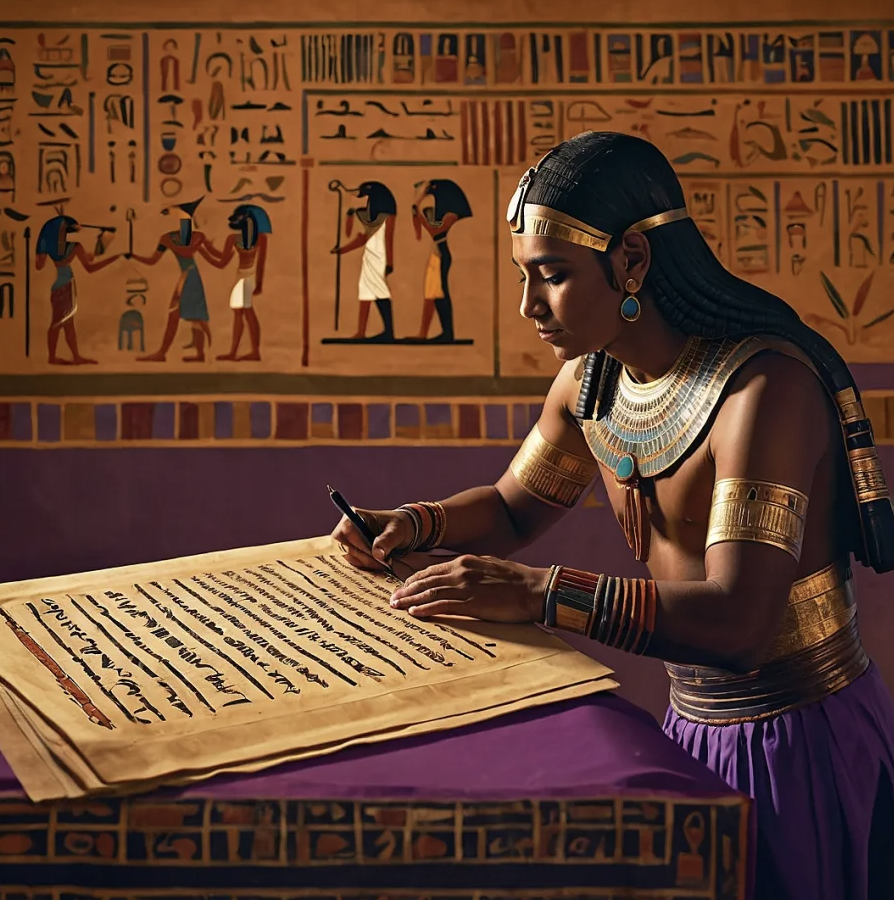Ever since the idea of Web3 gained popularity in 2021, all manners of Web3 content have sprung out from the never-ending decentralized depths of the new Internet. A majority of it is non-fiction books on the mechanics and potential of Web3, but 2022 gave birth to many literary Web3 projects and communities.
Here’s the best guide for literary enthusiasts to navigate Web3:
The intersection of literature and Web3
We’ve seen a lot of NFT art skyrocket in popularity throughout the past two years: films turned into NFTs, entire albums of songs made into NFTs, NFT fashion & clothing that you can wear in the Metaverse,
However, the role of the literary industry in Web3 has been considerably slower compared to its artistic counterparts. Many NFT marketplaces did not even allow the publishing of book documents in the traditional way (OpenSea, the largest NFT marketplace, did not even allow PDFs or ePub files), making things even more difficult.
That still did not detract writers from finding ways around the arbitrary rules of what was supposed to be a decentralized setting: Lost Books Publishers was among the first to implement make-shift NFT books through the use of Gumroad combined with OpenSea links.
Overview of blockchain’s role in reshaping narrative structures
Traditional publishing has been going on strong for quite a while, but we all know how much of a hassle it is to publish your own book. Be it searching for literary agents,
One of the earliest mainstream examples of a literary Web3 project was Realms of Ruin. Composed of a Thrived during the pre-Musk Twitter days of 2021. NFTs were trending on news headlines and everyone and their grandma was selling them, at least until celebrities found themselves announcing NFT projects to near-instant negative responses, causing them to abandon their endeavors.
Come October 2021, a band of six Book Twitter & BookTok YA authors, Marie Lu, Tahereh Mafi, Ransom Riggs, Adam Silvera, David Yoon, and Nicola Yoon decided to create a collaborative fantasy epic made up of original character NFTs and twelve origin stories, on the Solana blockchain.
Interested users could participate by adding their own stories and purchasing the original character NFTs. If they wanted to, their stories could be minted into NFTs whose value could rise the more people read them. And if they got famous enough, the fan fiction stories could even become part of the Realms of Ruin canon.
When you read it like this, it seems like an idea that could work, and could also generate good content for Web3 readers.
Upon closer inspection, the project had several flaws:
1) It had iffy communications on the copyright for the fan-created work to be submitted by the participants. Who’d own the minted literary NFTs: the project’s organizers, or the authors? Communication on such a sensitive topic was to be crystal clear, but when asked, the authors gave ambiguous answers to the fan’s questions.
2) It didn’t properly address the environmental impact of the NFTs to be minted, which was a huge concern for this section of the community.
While the NFTs were to be minted in Solana, one of the more environmentally friendly Blockchains, most people weren’t aware of the differences between minting there and on Ethereum, and just assumed that the environmental consequences for these would be the same as Ethereum.
Given how one of the main detracting points against NFTs on Twitter at the time was precisely their effects on the environment, many users were against the project.
A project that had the potential to bridge the gap between Web3 readers and writers set it aflame in less than a couple of weeks, due to miscommunication and a badly planned roadmap.
This just boils down to a bad UX/UI, iffy long-term planning, and miscommunication. Plus, their target audience was tricky at best – YA literature is targeted at teenagers, many of whom can’t even purchase cryptocurrency until they turn 18, and shouldn’t be doing so either. How were they to mint the NFTs in the first place?
Had the project been better planned and aimed at a fully adult audience, it could’ve perhaps kickstarted the long-awaited Web3 literary economy that we Web3 readers were sorely missing.
Eventually, other smaller-scale but no less groundbreaking literary Web3 projects made noise through X:
Examples of blockchain-based storytelling projects
Edenhorde
Edenhorde is a good example of collaborative storytelling in Web3. While their focus is on the sale of their art NFTs, they also emphasize a lot on their collaborative storytelling through their webpage. It highly appeals to the literary-minded, and even to roleplay communities. Through this project, you can purchase one of their NFT characters to become part of one of their worldbuilding’s four in-game races, and even roleplay in their Discord. You can check out their admittedly interesting literary chapters on their web pages.
Armored Kingdom
Armored Kingdom is a card game that also comic books, and an animated series. With interesting world-building and one of the few genuinely entertaining NFT card games, it’s one of the prime examples of the blended media potential for literary NFTs. It combines games, digital comics, animation, film, and speculative fiction worldbuilding where fans and creators can interact with each other.
Web3 Books To Check out.
Here will go a list of good NFT books I have read so far, as recommendations and proof that there’s good content out there. Note that these are not non-fiction books about Web3, rather they are fiction works minted as NFTs.
The Last Vampire
The Last Vampire tells the story of a world that has fallen apart from an evil vampire horde onslaught. The book is written by Jon F. Merz, an author of more than 50 best-selling novels and mini-series actor. Merz is an outspoken advocate for NFT books on his Twitter and one of his main contributions to the Web3 literary ecosystem has been publishing his books as NFT books, and promoting the works of other, smaller authors.
Beyond the Silence
Authored by Web3 artist @syyaart, Beyond the Silence is a captivating collection of poems accompanied by ethereally beautiful art pieces. It’s one of the best examples of Web3 poetry intermingled with mesmerizing art. In my opinion, this project is another good example of literary NFTs blending different media formats.
EtherPoems
Etherpoems is a collective of poets that write their poetry directly on the Ethereum Blockchain. It began when DigitalArtChic requested several authors to write poems and design them visually with AI and then minted them directly into Ethereum as ERC-721 NFTs.
Still, most readers interested in Web3-based literature don’t consider Web3 friendly enough to delve into. There are many concerns at play here:
The Issue with Reading in Web3
Most seasoned Web3 users might find the slang clear, but that’s difficult for everyday writers and readers. From the get-go, you’re bombarded with new terms: gas, gwei, private wallets, public keys, ERC token numbers, and then the myriad of cryptocurrency names.
It’s unlikely someone who’s not wholly interested in the topic will dive deep into it, so it’s our job to make Web3 easier to understand for new readers and writers. An unfriendly UX/UI is unfortunately one of the most recurring criticisms of Web3 by its enthusiasts.
Web3 books are the bridge for this gap, because no matter what Blockchain the book is published in, readers will be able to enjoy and appreciate the art put forward by the reader. As the consumers of the content themselves, readers are the main characters of Web3 fiction and non-fiction. They have the final word on what sells and what stagnates, thus it’s our top priority to create platforms that can facilitate the interactions between Web3 readers and Web3 books. Web3 can offer readers, writers, and other actors of the literary economy a lot of convenience through tokenization, but more on that another day.
The Bottom Line
Without Web3 readers, there won’t be any Web3 authors. Simple as that. We need to create or support more unique literary Web3 projects to attract a dedicated reader base, that will in turn attract more writers. As the main actors driving the Web3 literary economy, the more readers there are, the faster writers will pick up the pace.
Let’s hope that 2024 will be the year when literary NFTs will finally join their artistic brethren as important players in the decentralized economy.




